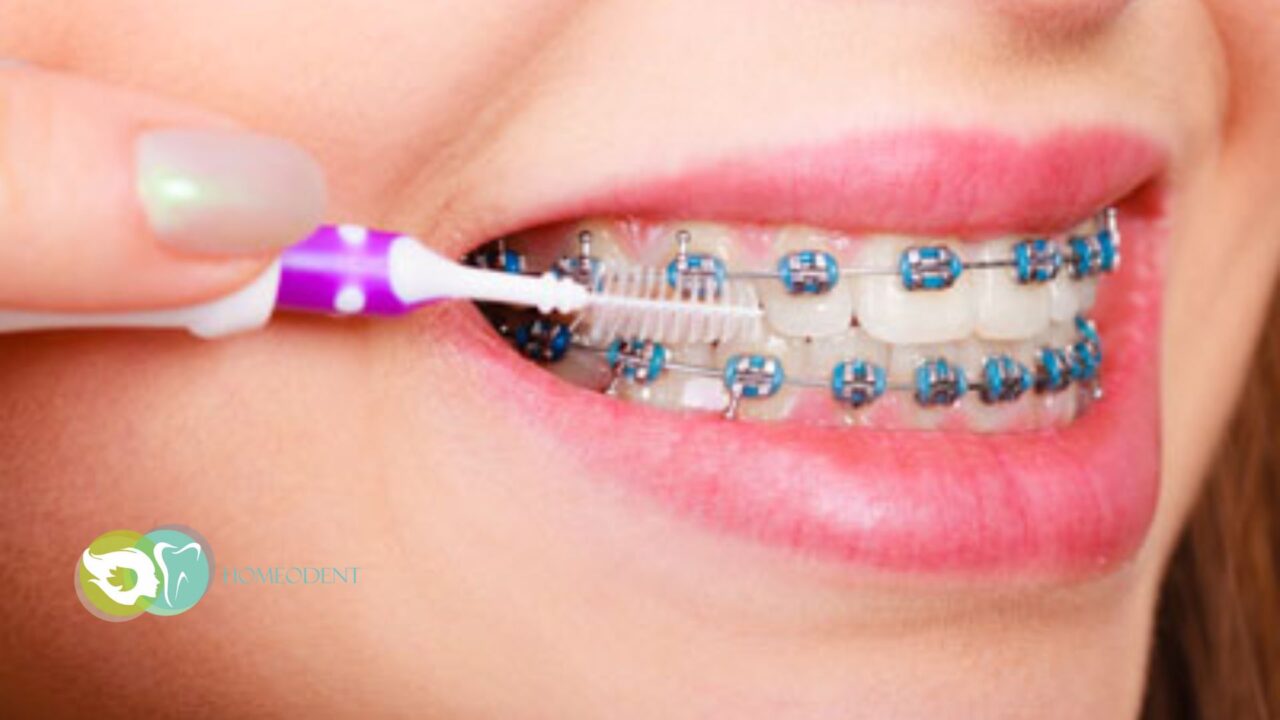
Introduction: Orthodontic braces are popular for correcting dental issues and achieving straighter teeth. If you’re considering braces, one crucial question is: How long do braces take to teeth straightening for metal braces? This article delves into the duration of orthodontic treatment, factors affecting the timeline, and what to expect throughout the process.
Table of Contents:
- Introduction
- Understanding the Process of Teeth Straightening For Metal Braces
- Factors Affecting the Duration of Braces Treatment
- The severity of misalignment
- Compliance with Treatment
- Type of Braces Used
- Age
- Typical Timeline for Braces Treatment
- Phase 1: Initial Alignment
- Phase 2: Correcting Bite Issues
- Phase 3: Refinement
- Maintaining Oral Hygiene with Braces
- Adjustments and Monitoring During Treatment
- Life with Braces: Tips and Advice
- After Braces: Retention and Maintenance
- Conclusion
- FAQs
Introduction Teeth Straightening for Metal Braces
Many individuals commonly aim to enhance teeth alignment through orthodontic treatment. Braces have long been trusted, providing improved oral health and a confident smile. However, treatment duration can vary based on several factors.
Understanding the Process of Teeth Straightening For Metal Braces
Before discussing the time it takes for braces to straighten teeth, it’s crucial to understand the process. Braces gently and gradually apply pressure to shift teeth into their correct positions. Wires and brackets guide this movement, resulting in an aligned bite and a straighter smile.
Factors Affecting the Duration of Braces Treatment:
Several factors influence the time required to straighten teeth with braces. Let’s explore some key factors that affect treatment duration:
- Severity of Misalignment: The extent of misalignment significantly impacts the duration of braces treatment. Minor issues may require a shorter treatment period, while complex cases with overcrowding or bite problems may take longer.
- Compliance with Treatment: Consistency and adherence to wearing braces as instructed are crucial for achieving desired results within the estimated timeframe. Following the orthodontist’s recommendations, including using rubber bands or other appliances, ensures optimal progress.
- Type of Braces Used: The choice of braces can also affect treatment duration. Traditional metal braces are often the most effective and versatile option, offering predictable results. However, newer alternatives like ceramic braces or clear aligners may be suitable in some instances but may require a longer treatment duration.
- Age: Age plays a role in the length of braces treatment. Children and teenagers, whose jaws are still developing, tend to respond more quickly to orthodontic treatment. This can result in faster treatment duration than adults, whose jawbones are more rigid.
Typical Timeline for Braces Treatment: Braces treatment involves initial alignment, correcting bite issues, and refinement. While these phases’ duration can vary, here’s a general timeline:
- Phase 1: Initial Alignment (3-6 months)
- Phase 2: Correcting Bite Issues (6-12 months)
- Phase 3: Refinement (3-6 months)
It’s important to note that these timelines are approximate and may vary based on individual factors and treatment plans.
Maintaining Oral Hygiene with Braces
Proper oral hygiene is crucial during braces treatment to prevent tooth decay and gum problems. Cleaning your teeth and braces thoroughly after each meal, using specialized orthodontic tools like floss threaders and interdental brushes, helps maintain good oral health throughout treatment.
Adjustments and Monitoring During TreatmentRegular adjustments and monitoring with your orthodontist are necessary during treatment. These appointments, typically scheduled every 4 to 6 weeks, allow the orthodontist to assess tooth movement and make necessary adjustments to braces or wires.
Life with Braces
Tips and Advice Living with braces may require some adjustments. Here are a few tips to make the experience more comfortable:
- Stick to soft foods in the initial days after getting braces to ease discomfort.
- Avoid sticky, rigid, or chewy foods that can damage braces.
- Use a mouthguard during physical activities or sports to protect your braces.
- Carry a braces kit with essentials like orthodontic wax, floss, and a small mirror for maintenance.
After Braces
Retention and Maintenance: After removing braces, wearing retainers as prescribed by your orthodontist is essential. Retainers help maintain the new teeth’ alignment and prevent them from shifting back. Regular dental check-ups and cleanings are also important for long-term oral health.
Conclusion
Braces are effective for straightening teeth and correcting dental issues. The duration of treatment depends on factors such as misalignment severity, treatment compliance, type of braces, and age. Following orthodontic instructions, maintaining oral hygiene, and attending regular appointments ensure successful treatment and a confident smile.
FAQs
FAQ 1: Can braces work faster if I wear them longer daily? Braces are designed to apply consistent pressure on your teeth, and wearing them longer than recommended can lead to discomfort and potential damage. It’s important to follow your orthodontist’s instructions regarding wear time to achieve the best results safely.
FAQ 2: Are there any alternatives to braces for teeth straightening? Yes, there are alternatives to braces, such as clear aligners, lingual braces, and ceramic braces. These options may be suitable for some instances, but it’s best to consult an orthodontist to determine the most appropriate treatment for your needs.
FAQ 3: Will braces cause pain during the treatment? It’s common to experience discomfort or soreness when braces are applied or after adjustments. However, the pain is usually mild and can be managed with over-the-counter pain relievers. Any severe or persistent pain should be reported to your orthodontist.
FAQ 4: Can adults get braces, or is it only for children and teenagers? Braces can be effective for adults as well. Age is not a barrier to orthodontic treatment. Many adults use braces to improve their dental alignment and achieve a straighter smile.
FAQ 5: How much do braces cost on average? The cost of braces can vary depending on factors such as the type of braces used, the duration of treatment, and the individual orthodontist’s fees. It’s best to consult with an orthodontist who can provide a personalized treatment plan and cost estimate.
